Objectives
Rural Living and Learning Experience (RLLE) is a rural immersion programme where the MSc students in the Agriculture and Rural Development programme are sent to the remote villages for nearly two weeks each in March and September every year. They stay in the village, learn from the villagers, and apply both contextual and classroom learning to bring positive changes in rural communities. The programme was initiated to actualise an alternative, liberating pedagogical approach to make classroom teaching meaningful. It was also meant to inculcate the value of ‘service to the society’ in mainstream education.
The Context
There were two contexts for launching the RLLE programme. First, evidence suggests that the complexities of rural realities are best understood in the villages only and over dependence on the textbooks limits students’ ability to learn and act meaningfully in solving the agrarian problems. Experiences drawn from the history of rural development across the globe show that positive changes in rural areas happen when the development agents have the skill to understand and facilitate self-mobilisation in a community. RLLE aims to develop such qualities among the students. Second, experiential learning in a real-life context expands the scope of learning and development from ‘self’ to ‘others’, thus opening up the possibility of ‘learning through changing others’. A self-critically aware mindset is instilled in the students and the villagers, which is, in essence, a liberating pedagogy and aligns well with Swami Vivekananda’s principle of ‘empowerment through participation and learning’.
The Practice
As a part of RLLE, all the students of the MSc in Agriculture and Rural Development Programme are mandatorily sent to rural areas for nearly two weeks every year. The village stay is divided into two segments – a) Community Study Segment – The students gain experience of the village life and its people, study the rural system in its entirety, and understand the areas where their learned knowledge may be applied. b) Community Action Plan – here, the students prepare a community action plan for the villagers to expand their vision and solve some of the existing problems. The students also act upon the plan and document the process in the form of a report.
The RLLE report is submitted to the IRDM Faculty Centre, and the Community Action Plans are sometimes submitted to the grassroots-level organisation to which the students are often attached. The whole process is monitored by the faculty mentors and evaluated rigorously at the Faculty Centre.
Since the students are placed (2-4 in a group) at 4-6 different locations with limited/no electricity or internet/telephone connectivity, monitoring becomes a severe constraint. Moreover, since the programme is not funded, the mobility of students also becomes difficult. Also, implementing the community action plans sometimes requires small funding supports for meaningful intervention (procurement of agri-input, materials required for preparation of Information-Education-Communication materials), which is often not forthcoming.
Evidence of Success
RLLE was launched primarily to immerse the students into the rural setting for gaining first-hand knowledge of the ‘real India’. We did not set any explicit target for the programme and confined the evaluation to students’ educational outcomes. We evaluate the students rigorously through formal procedures where they have performed persistently well over the years. In the students’ feedback, they have expressed the importance of RLLE in their course curriculum.
With time, we started encouraging our students to submit the study outcomes (field study and draft community action plans in the form of project proposals) to the attached grassroots organisations to take the process forward in the visited communities when the students come back. We now plan to study the impact of RLLE on the students and communities through evidence-based research.
Every year, the students teach novel agricultural techniques to hundreds of farmers, generate awareness of women and rural youth, and teach school children about diverse life-skills issues. Since its inception, more than 300-unit students have visited nearly 100 communities and reached more than 10,000 villagers directly and indirectly.
Problems encountered and resources required
The most significant problem of engaging students in remote villages is their safety and security. Also, close monitoring of the students and assessing the programme’s impact on them and communities is tough to maintain along with the regular teaching-learning process. Despite established informal linkages with grassroots-level organisations, meaningfully engaging students for nearly two weeks asks for improved institutional capacity to mentor, monitor and measure the programme impact.
For successful implementation of RLLE, an institution would need a sound orientation of students regarding the rural realities. A written guideline is also needed to help students understand the programme philosophy and its implementation modalities. A dedicated resource-pool (human and financial) is also required to assist students during the field placements to create more impact on the communities and strengthen students’ educational outcomes.
Ranchi Campus Activities
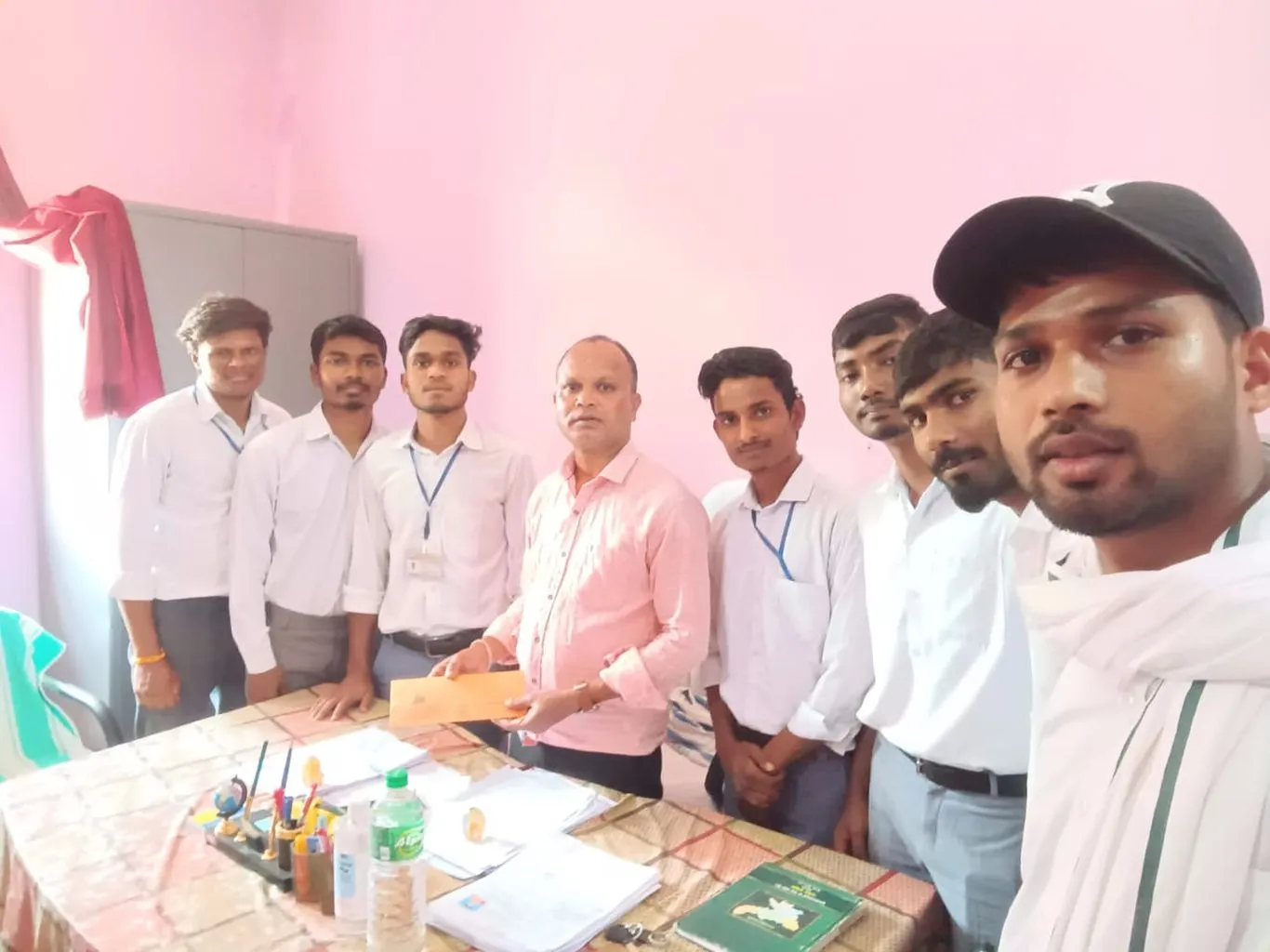 Students interacting with Mukhiya Students interacting with Mukhiya |
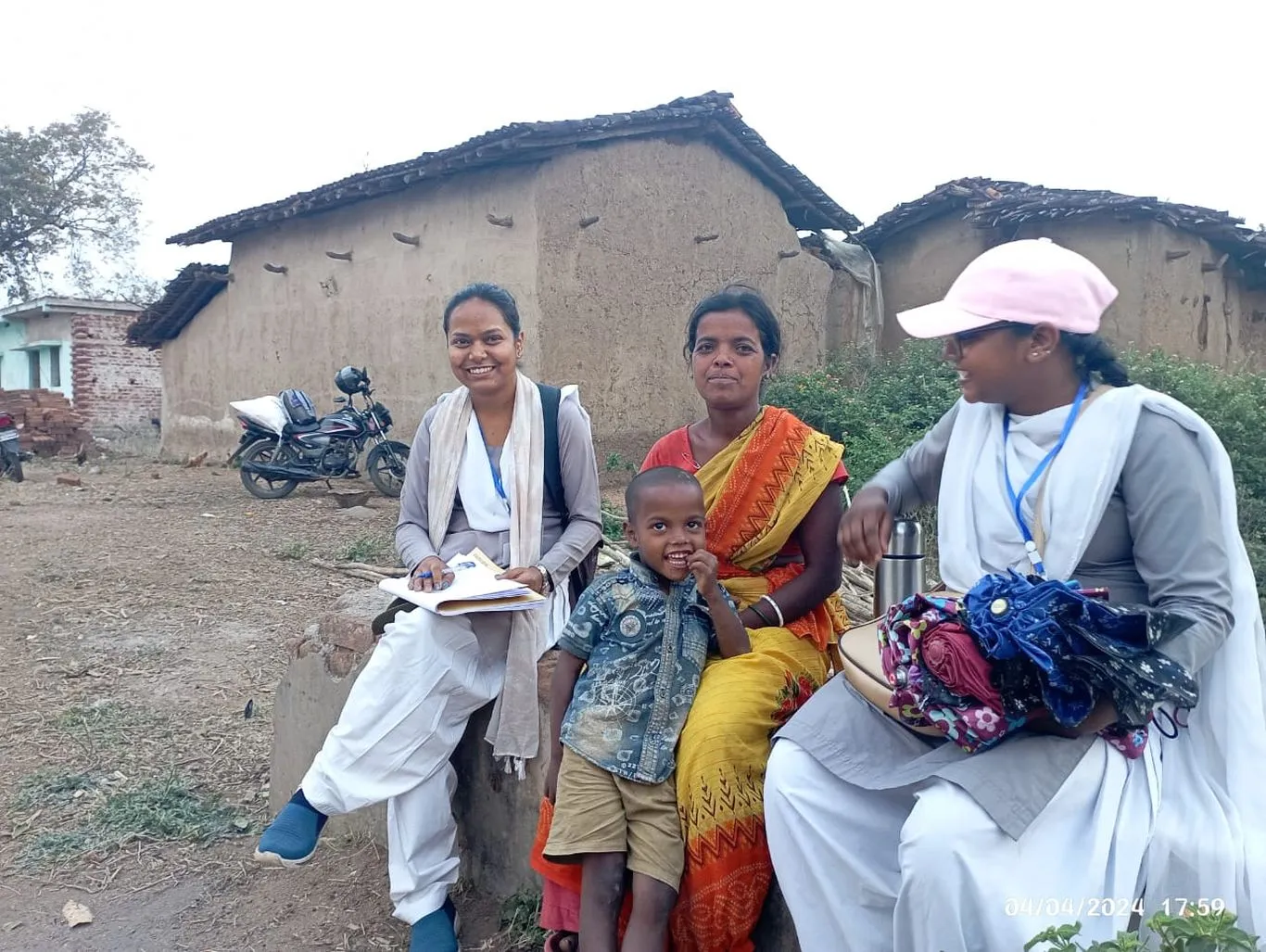 Students interacting with farm women Students interacting with farm women |
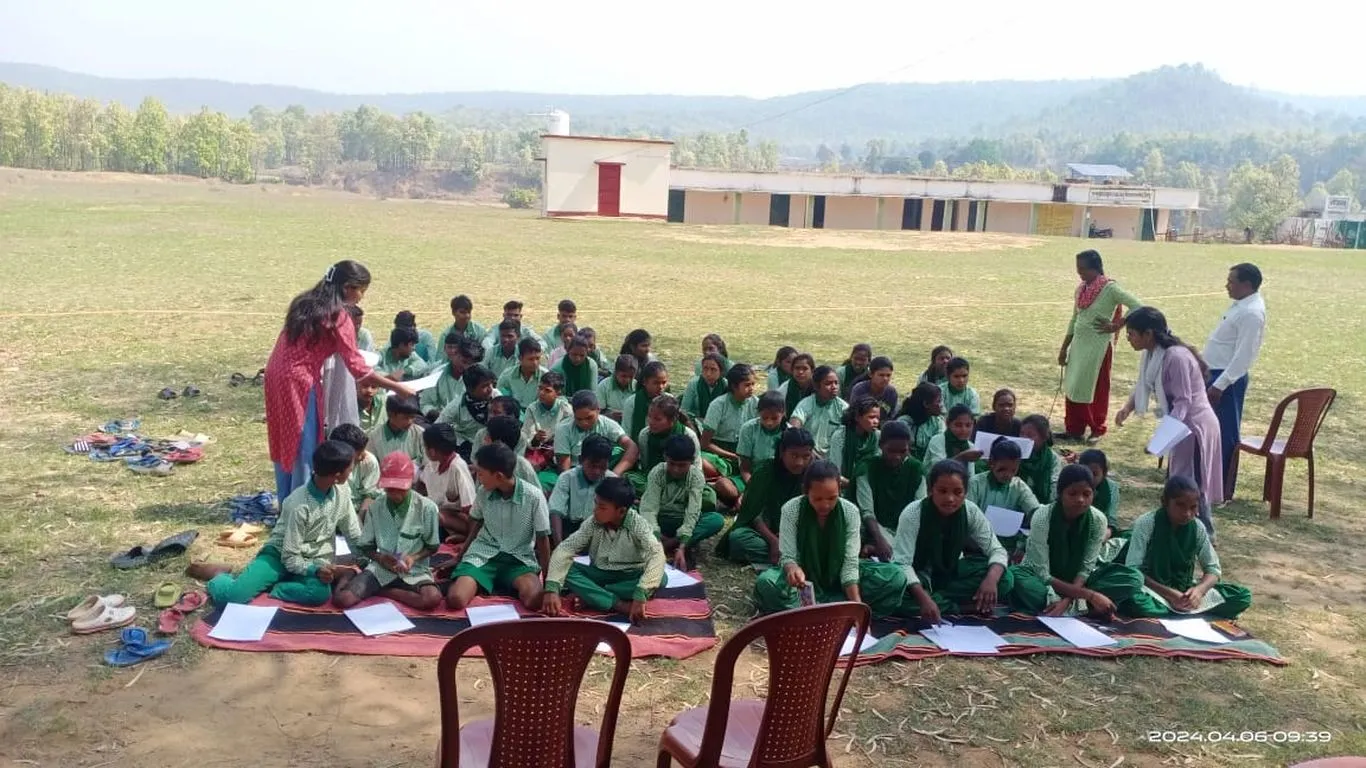 Students conducting coaching at village Students conducting coaching at village |
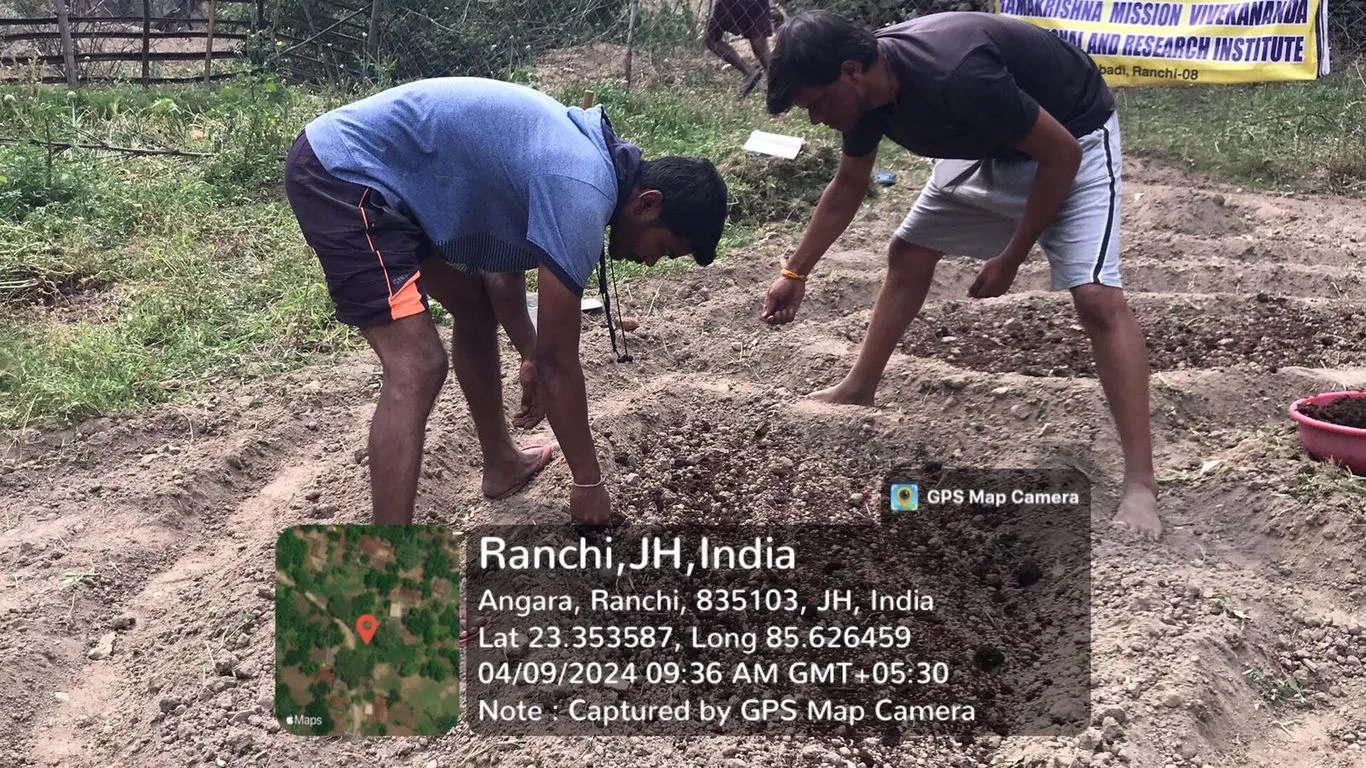 Promoting Organic farming at Angara Block Promoting Organic farming at Angara Block |
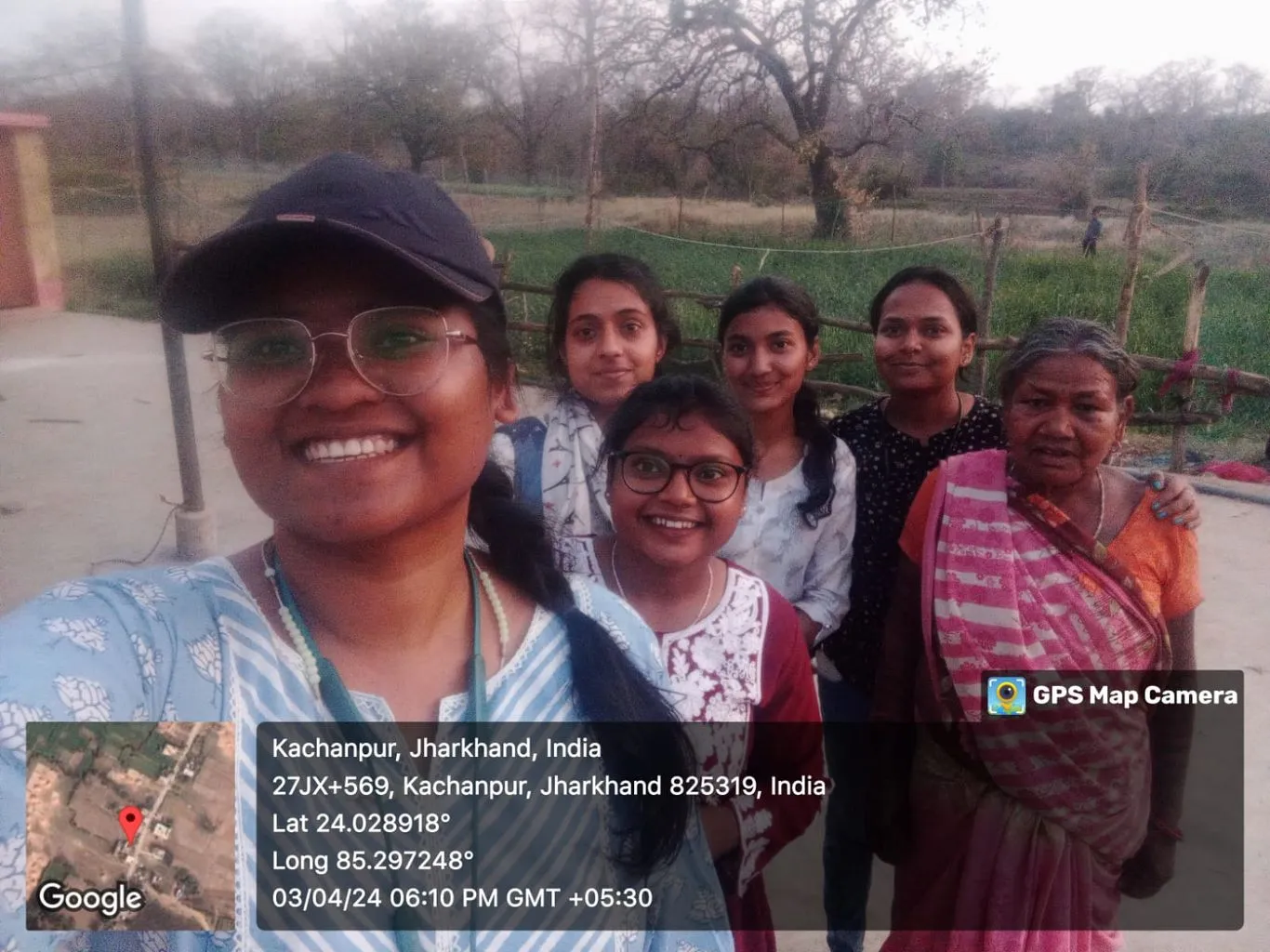 Farm women and ARTD students at Kachanpur village Farm women and ARTD students at Kachanpur village |
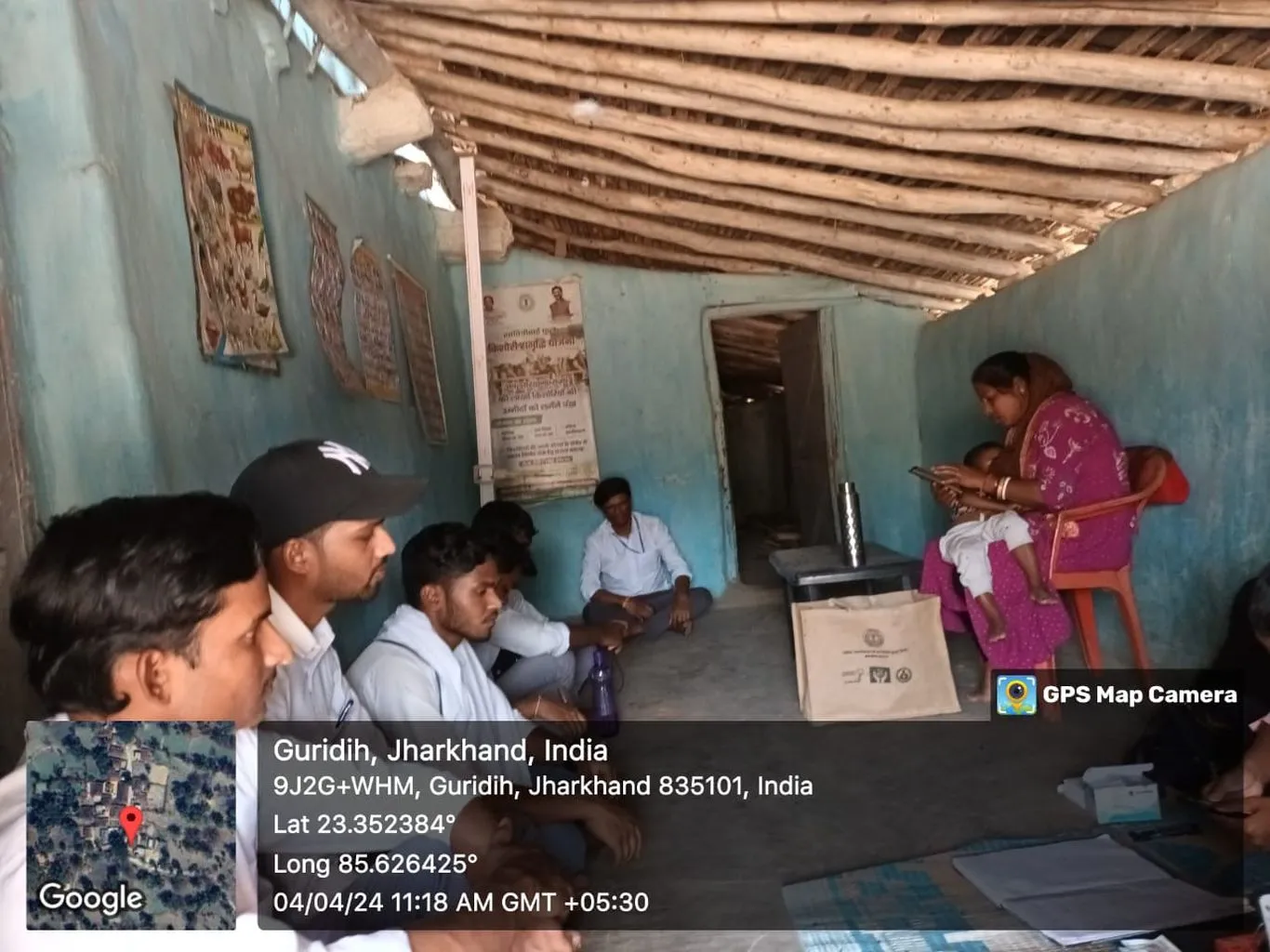 RLLE at Guridih Village RLLE at Guridih Village |